I have a web application that uses Dygraphs to create charts.
The application allows a user to create multiple Dygraph charts (each with their own Y-Axis) that will be stacked on top of each other.
Here's an example of what the multiple Dygraphs look like on a PC browser: Notice that the example displays three different Dygraphs each having their own Y-axis, but the X-axis is hidden for the top 2 charts and visible on the bottom chart.
I will allow the user to save the chart to disk as a PNG. - The way I currently save the multiple Dygraphs as one PNG is:
- Create a target canvas that will be used to contain all the visible Dygraphs
- Extract each canvas out of each Dygraph, then add each canvas to the target canvas **
- Create a PNG via the .toDataURL() function on the target canvas
Here's an example of what the above screenshot looks like when saved as one PNG: (This is exactly what I want from the PNG)

The procedure works fine on browsers on a PC. But when I attempt to save the multiple Dygraphs into one PNG on a phone/tablet browser, the resultant PNG doesn't match the graph that is visible on the screen.
Example:
Here's what the multiple Dygraphs look like on an iPad (screenshot)

And here's what the resultant PNG looks like (Notice how the width and height of each chart does not match the actual iPad display).

I don't understand why the PNG is rendered correctly when I use a PC browser, but is not rendered correctly when I use a browser on a mobile device.
I'm not sure if this problem is due to limitations of the Canvas.toDataURL() function or if this is a Dygraphs problem or something else. I'm fishing for advice that may point me in the right direction and/or shed light on this particular problem.
**I should mention that I use Juan Manuel Caicedo Carvajal's Dygraph-Export extension